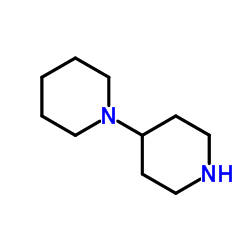| Structure | Name/CAS No. | Articles |
|---|---|---|
 |
4-Piperidinopiperidine
CAS:4897-50-1 |
| Structure | Name/CAS No. | Articles |
|---|---|---|
 |
4-Piperidinopiperidine
CAS:4897-50-1 |